First Look Review: 2022 Hyundai Santa Cruz Limited AWD
Perhaps your first thought when surveying the 2022 Hyundai Santa Cruz is some variation on “that’s not a truck.” Two relevant points: 1) You are correct, this is not a truck, at least not according to Hyundai; 2) That opinion is perfectly valid, especially because the Santa Cruz isn’t targeting truck die-hards. Like the Subaru Baja of the early- to mid-2000s, this funky utility vehicle is doing its own thing.
We live in an age of blurred segments. Think raked-roof crossovers, plastic-clad and stilted station wagons, ultra-luxurious four-seater sedans with enough shove to lay waste to the last decade’s most potent performance cars. As Bo Burnham puts it, “A little bit of everything, all of the time.” Maybe that’s how we ended up with base-model Toyotas packed with safety tech and Apple CarPlay, or full-size pickups that will let you pull a tree stump while simultaneously enjoying a massage from a gorgeous leather seat. In that context, is a compact pickup truck like the Santa Cruz really so strange?
Hyundai claims that its goal for the Santa Cruz is to invent a new vehicle segment: the Sports Activity Vehicle. Eye-rolling is a fair reaction to this information, but that’s mostly because marketing jargon tends to be vapid. The reality is that younger consumers are flocking to affordable vehicles that combine active-lifestyle function with extroverted styling. Think Ford Bronco Sport, Bronco, and Maverick; Subaru Crosstrek; or any number of Jeeps. To stand out from a field mostly packed with crossovers, Hyundai is hoping a swathe of this Clif-bar-munching demographic will prefer to throw their gear in a bed, rather than a trunk.
Though such, uh, SAVs and their ilk are coming to a head now, Hyundai first tested the truck-adjacent waters with the Santa Cruz concept that premiered at the Detroit Auto Show in 2015. The reception at the time was remarkably positive, and it looked like the Korean automaker would really build the thing. Then, barely a shred of news emerged for seven years. Hyundai says this long gestation period was due to the fact that the original 2015 concept rode on the older Tucson platform. Knowing that a new platform was in the works, product planners chose to hold serve until they could utilize that architecture, internally dubbed N3. You’ll find N3 under everything from the new Tucson to the Santa Fe and the sublime Sonata.
Our brief dalliance with this not-a-truck arrived in the form of the top-rung Santa Cruz Limited. For an all-in price of $41,500, including a $1185 destination fee, we sampled everything the Santa Cruz has to offer: remote start, heated and ventilated leather seats, a power sunroof, Hyundai’s 360-degree camera system, adaptive cruise control, a 10.25-inch infotainment screen with navigation, and more. Our tester had just two options: A how-is-this-not-green Sage Gray paint job ($400) and carpeted floor mats ($195). More budget-conscious buyers can choose from the SE ($25,175), the SEL ($28,375), or the SEL Premium ($36,865).
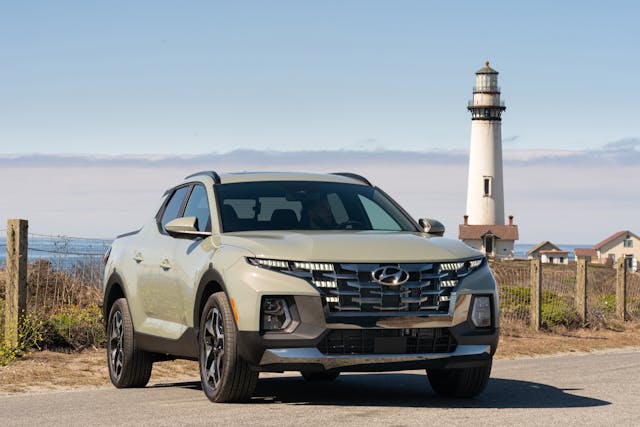
Opt for either the SEL Premium or the Limited, and you’ll get Hyundai’s 2.5-liter turbocharged four-cylinder which produces 281 horsepower and 311 lb-ft of torque. All turbocharged engines get an eight-speed wet dual-clutch automatic standard, and, for now, Hyundai’s HTRAC all-wheel drive system. Hyundai says a front-drive turbo configuration is on the way. A free-breathing version of the 2.5-liter mill comes standard in the SE and SEL, but both vehicles offer the turbo motor as a $1500 option. The naturally aspirated engine gets a more conventional eight-speed automatic, and you can choose front-wheel (standard) or all-wheel drive.
Although Hyundai doesn’t expect owners to tow very frequently, the turbocharged Santa Cruz with all-wheel drive is rated for 5000 pounds, while the non-turbo cars and the impending front-drive turbo cars are rated for 3500 pounds. Those figures best the Maverick’s 2000-pound (or 4000-pound properly equipped) capacity by a fair margin. The caveat here is that these are for trailers equipped with brakes—should your trailer not have stoppers of its own, the max tow rating across the board is just 1650 pounds. The Santa Cruz’s payload ranges from 1753 pounds to 1521 pounds, depending on your trim and options. (These numbers also best the Maverick’s 1500-pound rating.) Is this type of vehicle likely to be fully laden every weekend, given the availability of more capable trucks like the Ranger, Frontier, Tacoma, and Colorado? No, but the Hyundai’s self-leveling rear suspension should come in handy when mulching season arrives next spring.
Relative to the Maverick, the Santa Cruz wears a more whittled shape that’s less blocky and upright than the Ford (or any other pickup, for that matter.) The side profile is the largest signal of Hyundai’s outside-the-box thinking. The cabin represents a greater volume of the car’s overall length than the 4.3-foot bed does, clearly signaling a priority on interior space over open-air stowage. We appreciated the thoughtful details included in the rear of the truck: integrated side-steps at the corners of the bumper and an integrated tonneau cover that slides back toward the cabin with a flick of the wrist. Beneath the floor of the Santa Cruz’s composite bed is a 64-liter lockable storage container with sealed edges and drain plugs in the floor. It’s perfect for wet suits, ice and assorted beverages, or whatever else you wouldn’t want stolen but also wouldn’t want sitting in the cabin.
The interior isn’t quite as rugged-feeling, though it is a pleasant environment. Hyundai’s seats are all-day comfy, and the driving position and visibility reflect more or less what consumers have come to expect from crossovers. There are a lot of shared elements with the Tucson’s interior, from the matching curvatures in the dashboard to most of the center stack and the inlaid digital instrument cluster. This allows Hyundai to keep development costs (and ultimately MSRPs) low, but it also means making compromises to what might otherwise be a more distinctive interior. (More on that in a bit.) Taller passengers would do well to avoid the rear seats. Your author is six feet tall and found the rear seats a tad on the tight side, especially if you’re sharing the cabin with similarly proportioned folk.
The Santa Cruz Limited receives a 10.25-inch center screen with navigation in place of the 8-inch unit found on the SE, SEL, and SEL Premium. With it, you get a Bose premium audio system that thumps out your favorite tunes as you head out to the big wide world. Be mindful when turning up the volume, though. Regrettably, Hyundai opted for touch buttons for volume instead of a knob. Who is going to want to touch a screen with dirty, sandy, hands? The larger of the two digital instrument clusters is strangely recessed and positioned a little low, but we’d still recommend springing for either the SEL Premium or Limited trims to obtain it, or optioning up the SEL with the $3270 Adventure package. Ticking that box nets you roof rails and a host of other functional elements for the bed: a 115-volt power outlet, LED lighting, and a smattering of smart tie-downs to keep your gear from jostling around. Wireless Android Auto and Apple Car Play are standard across the board.
On the road, the ride is so Tucson-like that we straight up forgot we were in something with a bed. Thanks to an independent rear suspension and unibody construction, the Santa Cruz drives far better than even the Honda Ridgeline. We caught ourselves flinging the little Hyundai into corners at speeds more akin to a Sonata N than a truck with four-figure payload capacity. The turbo helped the Santa Cruz scamper away from stop lights and pace traffic with ease. The dual-clutch gearbox stayed out of the way, save for slow rolls at country stop signs, where it would occasionally forget to deliver torque for a split second, causing the whole business to slightly stumble. The Santa Cruz delivers a more planted on-road experience than the Bronco Sport, but we’d expect the latter to show better off the beaten path.
The Santa Cruz is confident in its own skin, making no claims beyond its somewhat low-stress use case. At the end of the day, though, we’re stuck on this kitschy new segment name: Sports Adventure Vehicle. Relative to competition from the Blue Oval, the obvious competitor being the Maverick and the dark horse (nice) being the Bronco Sport, we’re worried Hyundai hasn’t given the interior the appropriate ruggedness that enterprising outdoors buyers will seek. Rubberized floors, button-based controls that are easily operated with dirty hands or gloves, and other touches like the Bronco Sport‘s integrated MOLLE (Modular Lightweight Load-carrying equipment) straps on the back of the front seats would help convince people the Santa Cruz wants to be taken seriously.
The bed, and how customers use it, will determine the Santa Cruz’s potential for success. Do you toss your equipment after a hard day’s ride/paddle/hike straight over the tailgate? If you prefer to toss and forget, the Santa Cruz’s composite bed will haul the lion’s share of your adventuring arsenal with ease. But if you’d prefer to keep everything in a tidy package inside the car—mud and memories included—you might find yourself drawn more to the similarly-priced Bronco Sport Badlands.
In all likelihood, the Santa Cruz will probably appeal more to the buyer that Ford’s Maverick is trying to court—the weekend gardener, the seasonal car camper, the truck-curious, and the occasional handy person that has previously found satisfaction in the Ridgeline. The Santa Cruz has the ingredients to please this crowd, so don’t be surprised if it starts popping up at your local climbing spots and kayak launches. If nothing else, this truck looks wacky and interesting in a way its competitors don’t, and styling can be a powerful differentiator in a space where utility isn’t the ultimate decision-maker. But to say that Hyundai is on the verge of ushering in a new segment is pushing it, plain and simple.
2022 Hyundai Santa Cruz Limited AWD
Base Price/As Tested: $25,175/$41,500
Highs: Superb ride, smart details in the bed, compelling exterior design that exudes adventuring intent.
Lows: An interior that fails to cash the check the exterior writes, Is a volume knob so difficult?
Summary: The ultimate Sport Adventure Vehicle the Santa Cruz is not, but a large swathe of buyers will appreciate it nonetheless. Watch this segment—whatever you decide to call it.
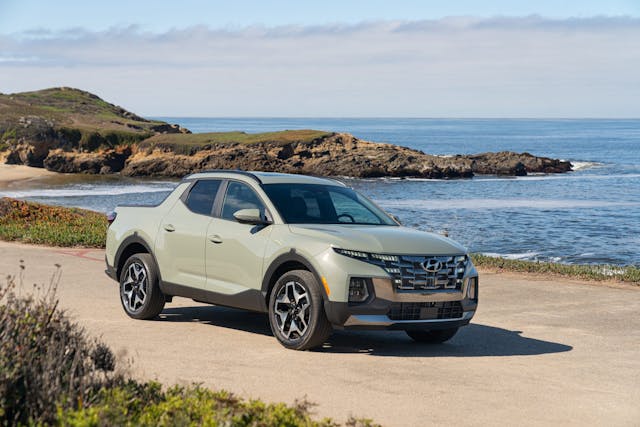
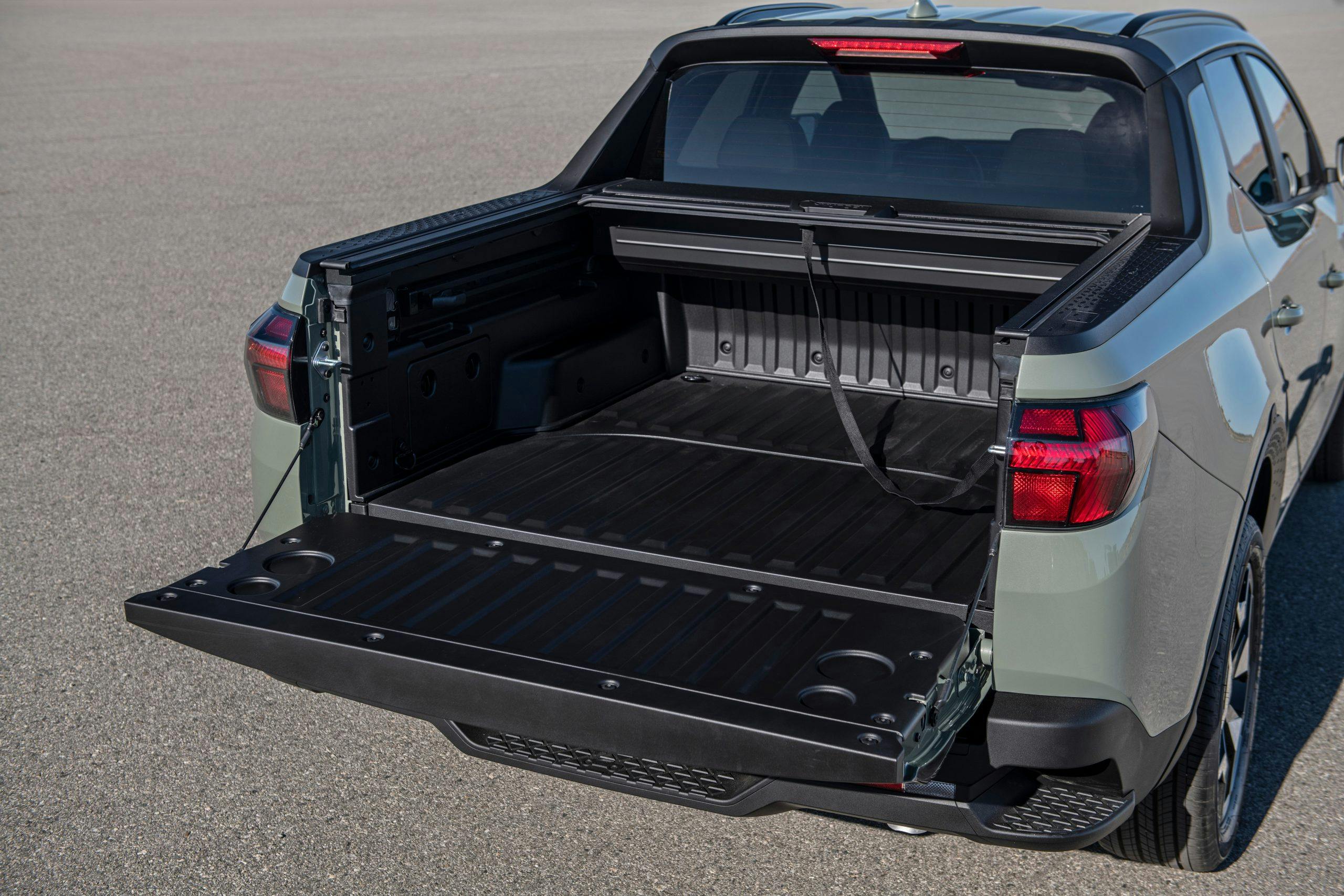
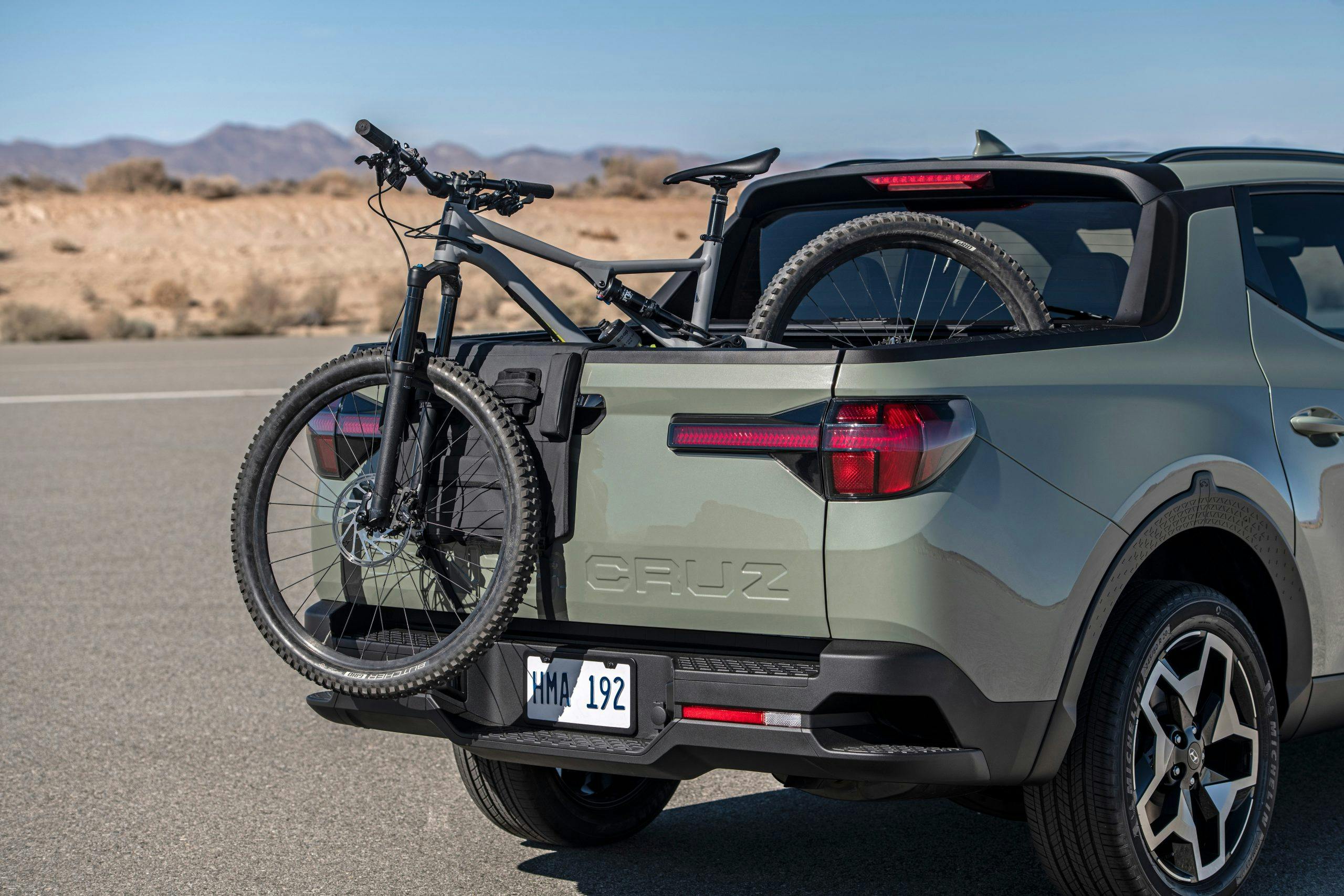

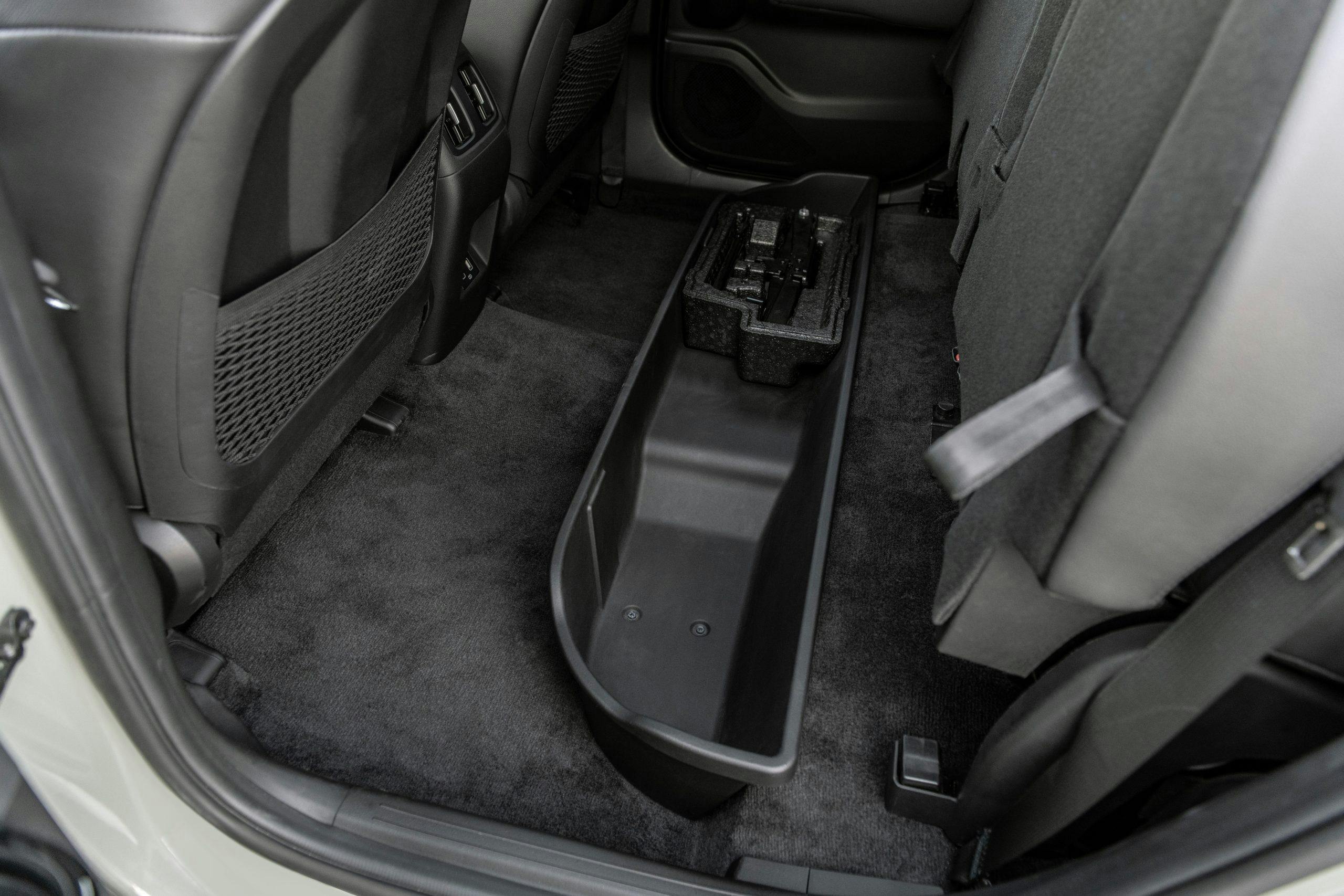

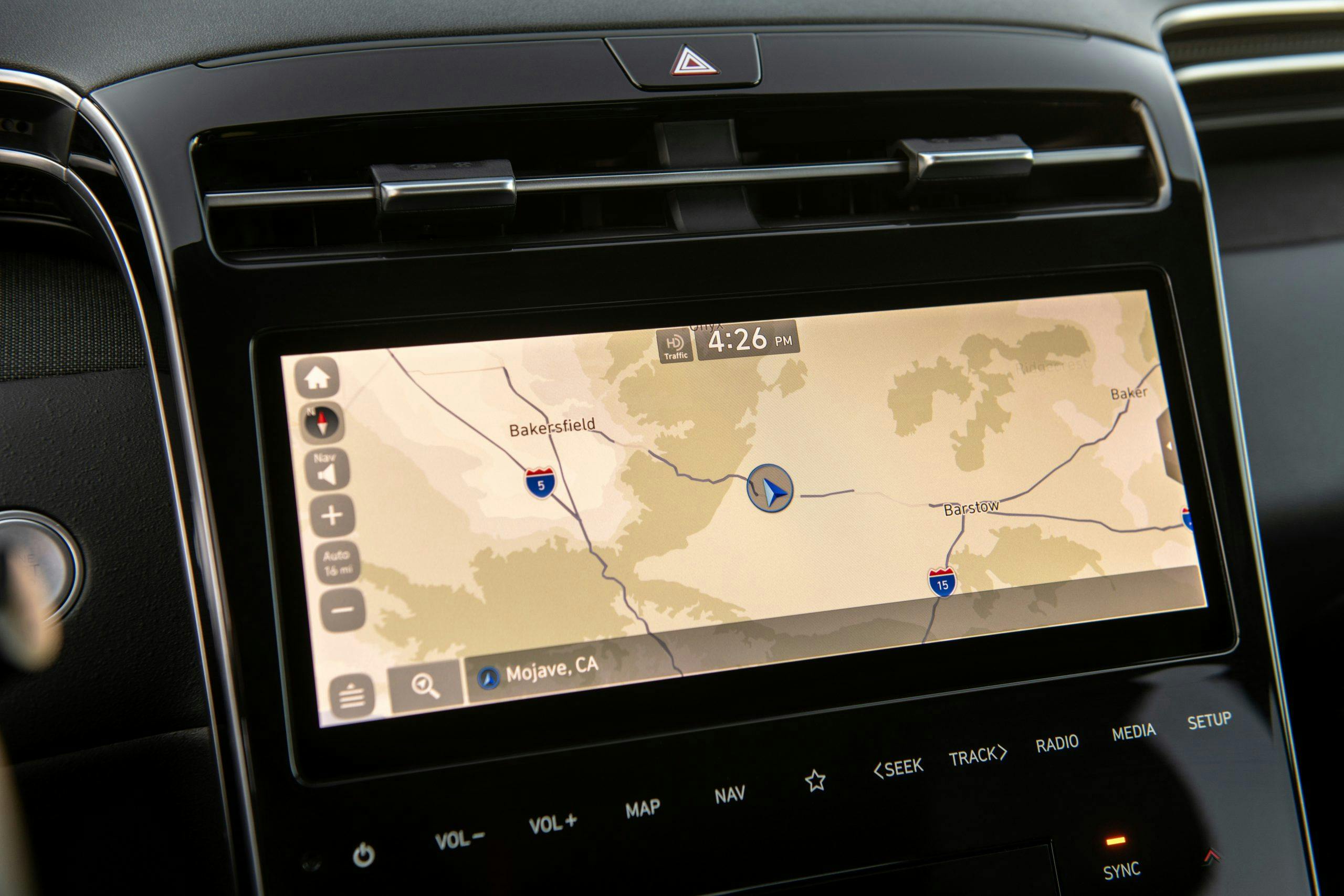
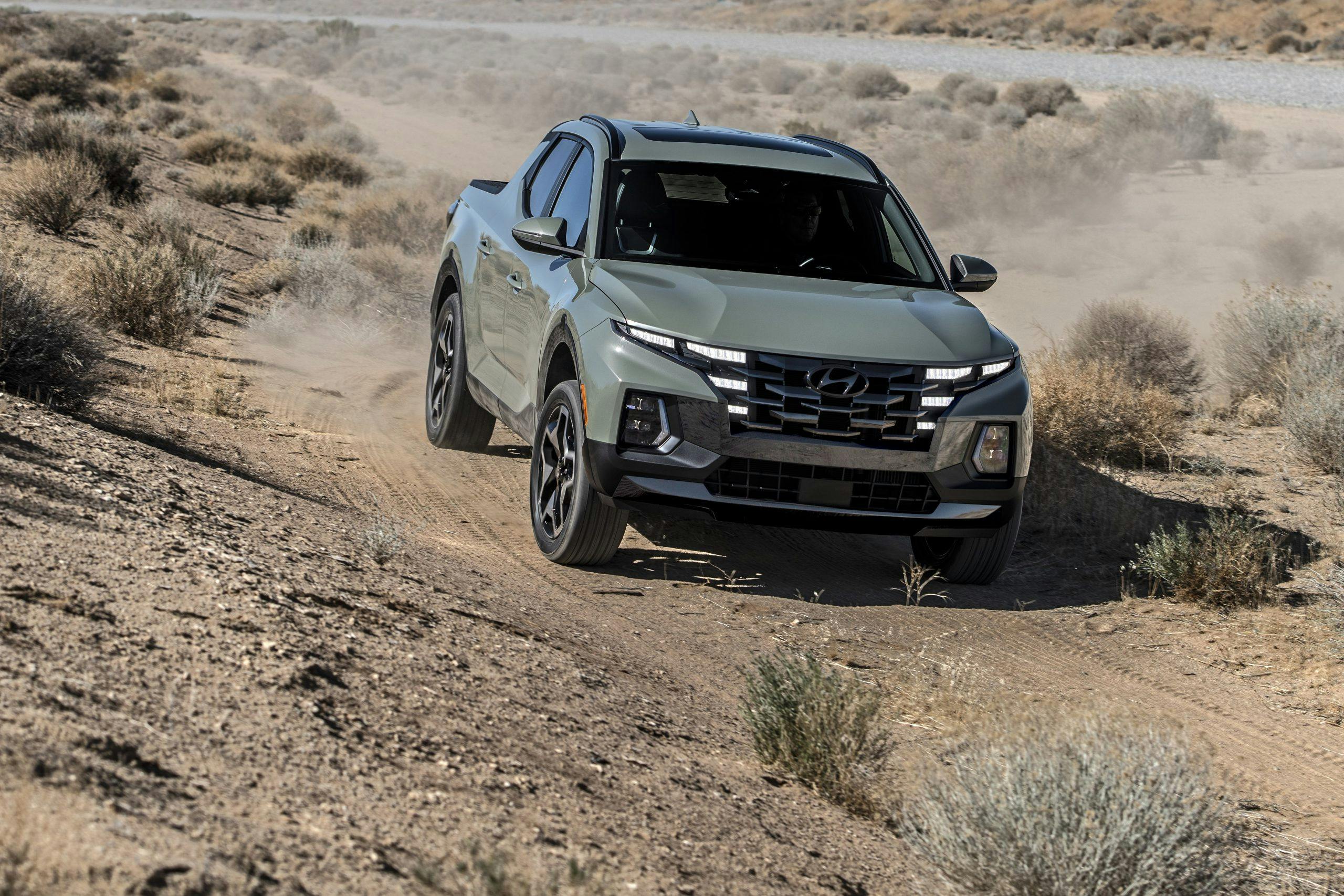

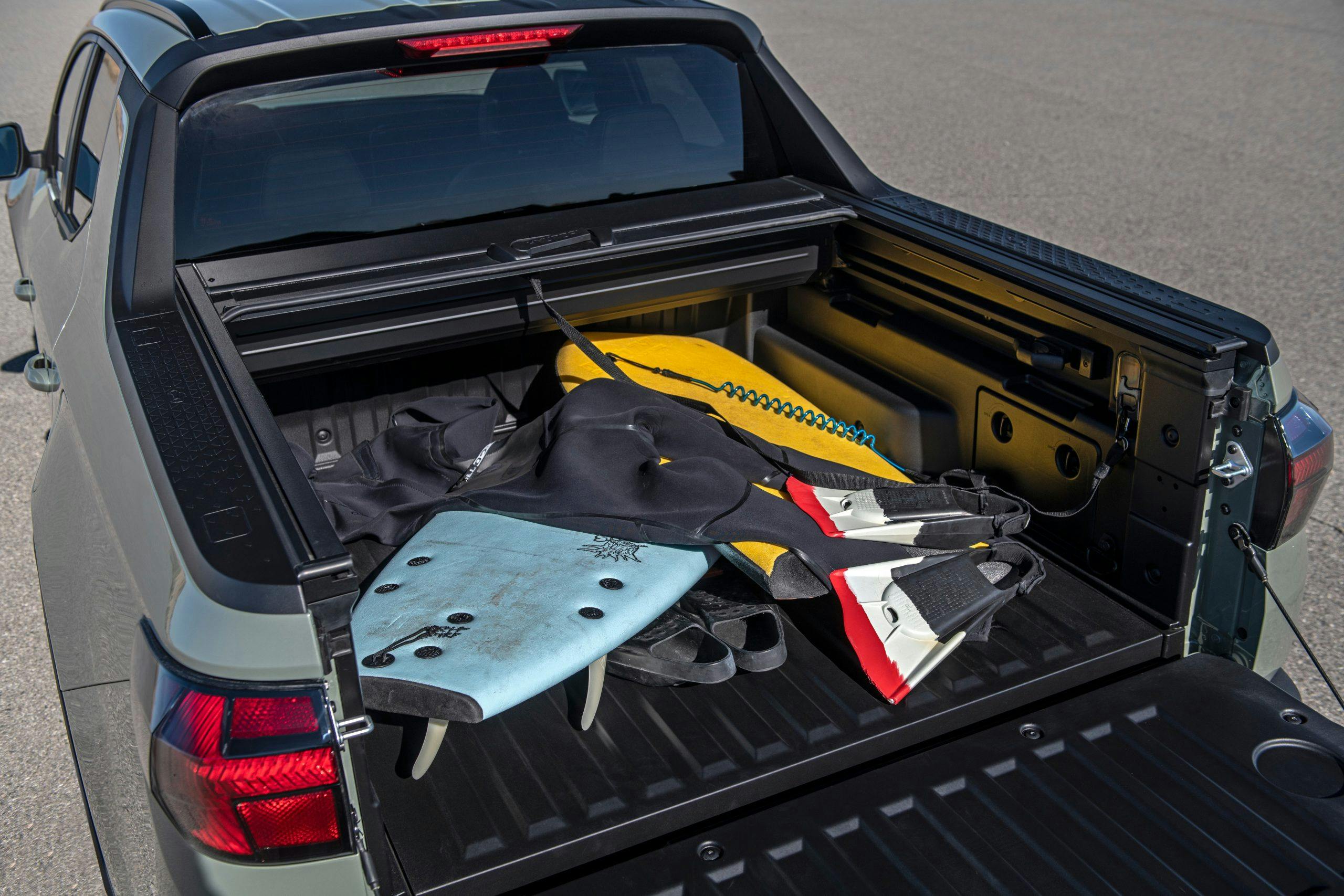
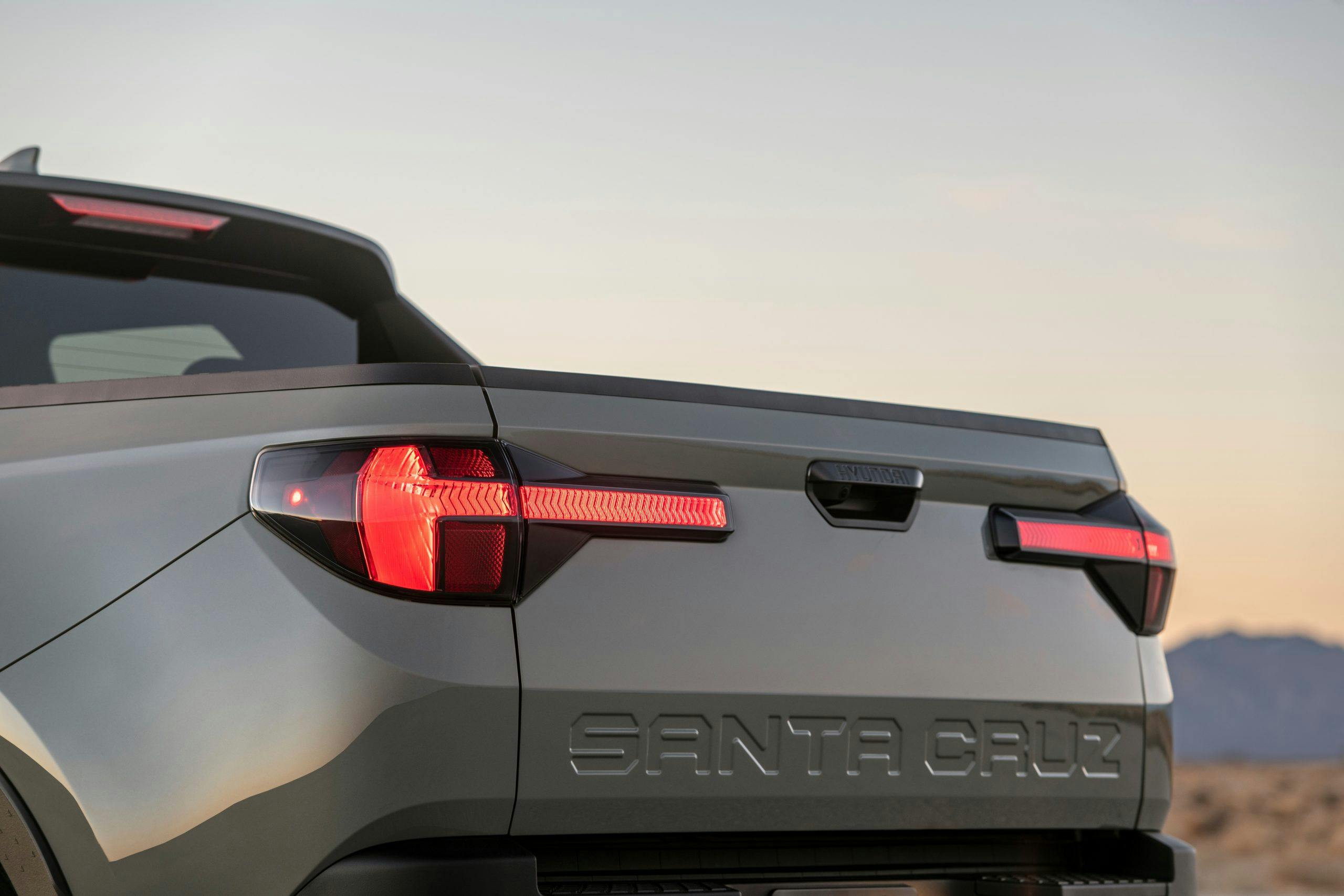
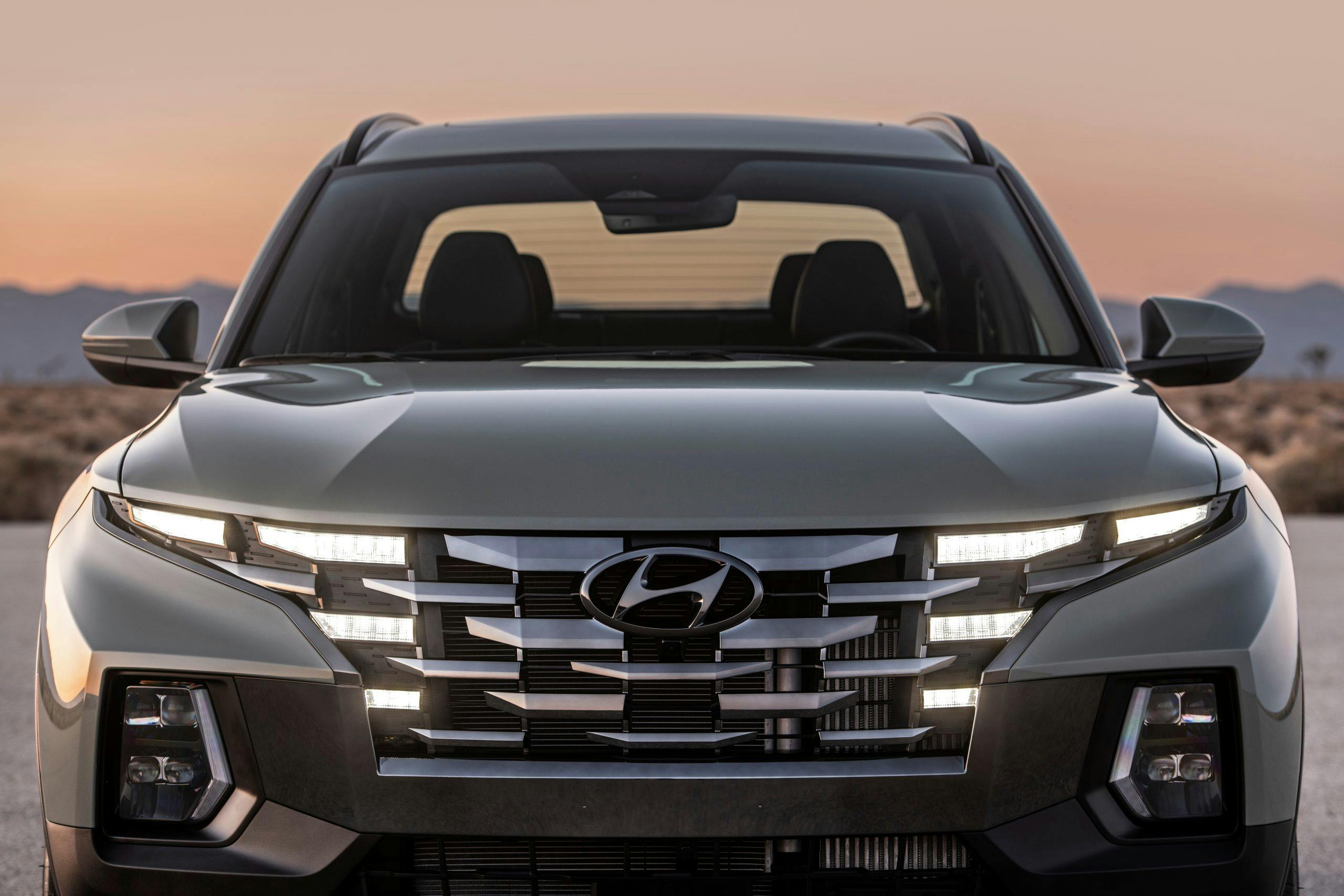
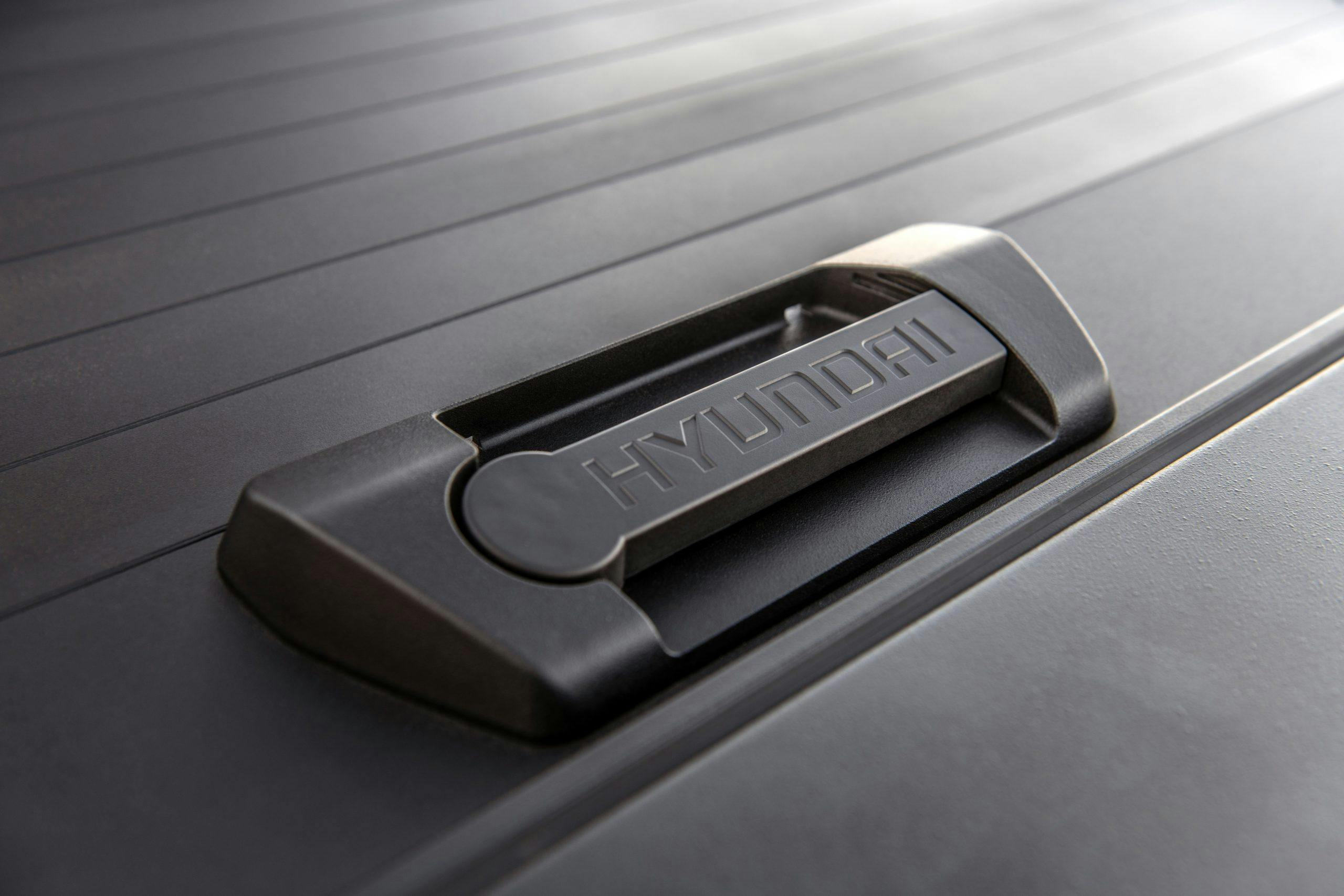
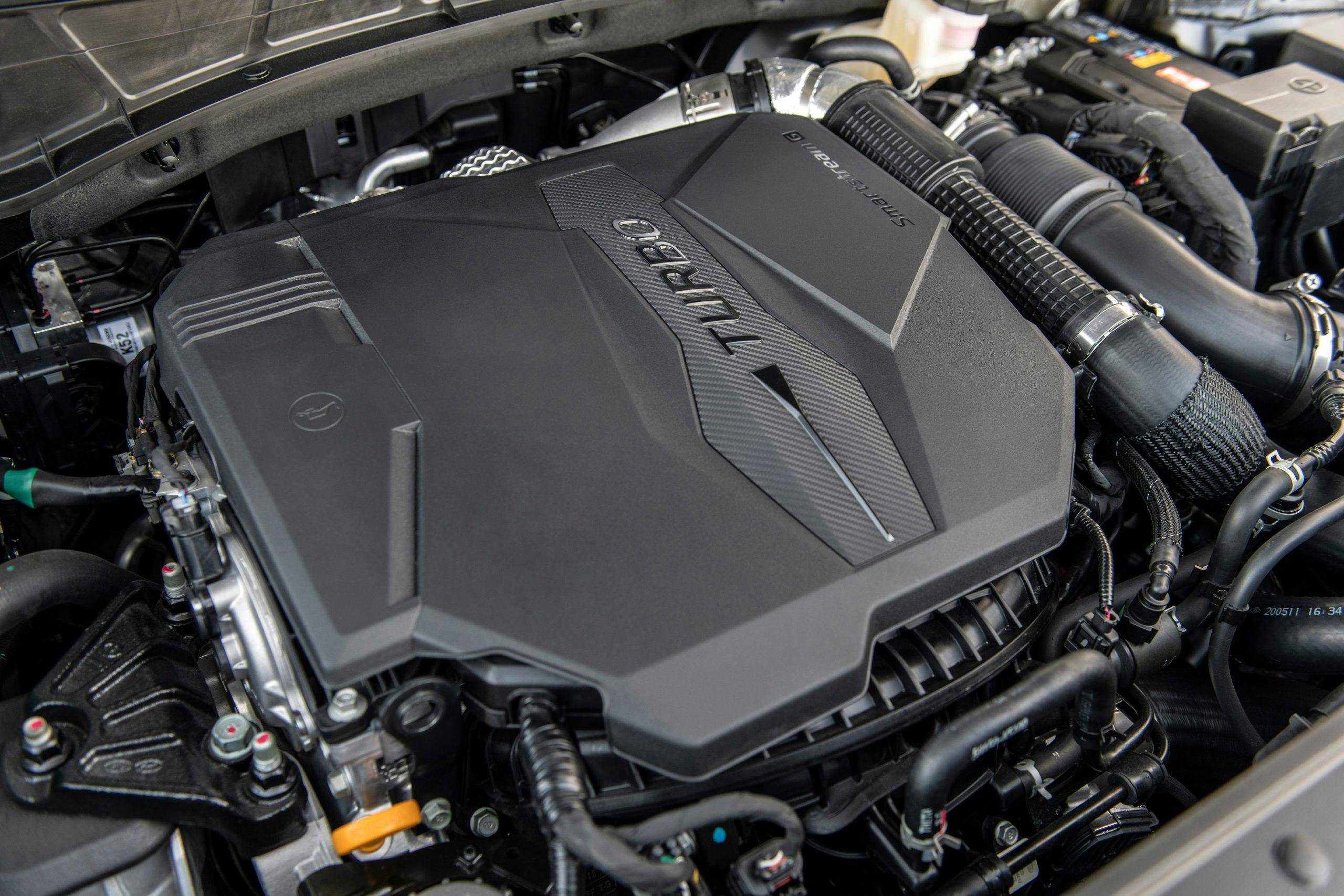



Good review, but fails to mention how dog-ugly this vehicle is . I know there’s pix, but …….